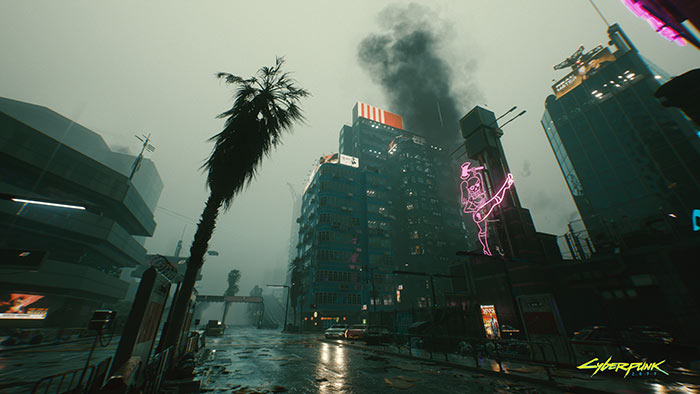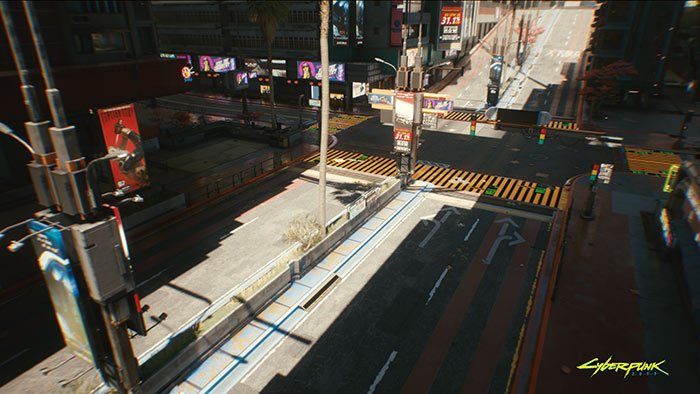CD Projekt Red shared the first episode of Night City Wire yesterday evening, which promised further news and info about the highly anticipated Cyberpunk 2077 game. The pre-recorded 'event' consisted of a new game trailer, some developer chat about what was shown off in the demo, and a first look at the game's Braindance mode.
Embedded above is the new trailer for your convenience. On its own it just seems like another mishmash of clips from the game, so it is good that in the Night City Wire video (embedded below) that the developers talk through it. However, you don't need to listed to that segment if you have already watched the new trailer, Nvidia has written up some technical analysis of the demo too, in a GeForce blog post.
Nvidia says that Cyberpunk 2077 will be released with four immersive ray traced effects built-into the graphics engine, as well as working with Nvidia DLSS 2.0 tech on the PC. Specifically, PC gamers will be able to tune Ray-Traced Diffuse Illumination, Ray-Traced Reflections, Ray-Traced Ambient Occlusion and Ray-Traced Shadows. All the raytracing tech goes through Microsoft's DirectX 12 Ultimate DXR Raytracing API, so it should work with AMD raytracing compatible GPUs when the drivers are ready for DX12 Ultimate. Of course Nvidia DLSS 2.0 will remain a green team exclusive, being proprietary and accelerated by Nvidia tensor cores (RTX cards only).

Nvidia was also keen to point out that Cyberpunk 2077 will be playable via GeForce Now from day one (19th November). Thus users of lower-powered PCs, Macs, or even Shield TV and Android devices, can play the game at 1080p 60 FPS.

I mentioned 'Braindance' in the intro, so will sum up this aspect of the game. Braindance is simply a way that players can experience another person's memory in the game. Most Night City residents wear numerous electronic smart devices but specifically a 'BD' device allows you to step through sensory recordings of other gamer/NPC experiences.
You will have full camera control during BD playback and you can isolate and analyse objects/sounds in the recordings for further investigation. I think it will be used quite often in the game where you work in the manner of a detective, finding clues and so on.













